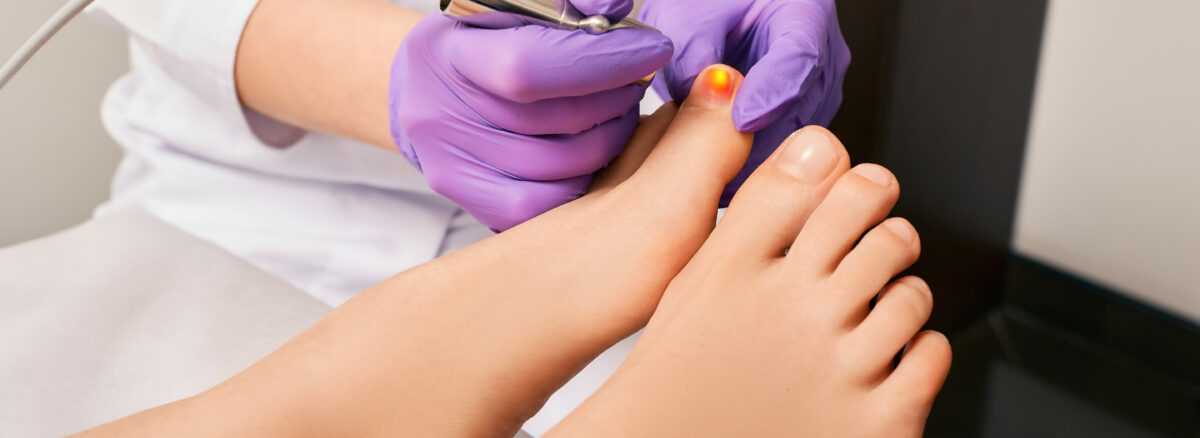Treatment of Fungal Infections: Strategies and Solutions
Fungal infections, while often not serious, can cause discomfort and may require medical treatment to resolve. These infections can affect various parts of the body, including skin, nails, and internal organs. The treatment of fungal infections typically depends on the type and severity of the infection.
Types of Fungal Infections
Common fungal infections include:
- Athlete’s Foot (Tinea Pedis)
- Ringworm (Tinea Corporis)
- Jock Itch (Tinea Cruris)
- Yeast Infections (Candidiasis)
- Fungal Nail Infections (Onychomycosis)
- Scalp Infections (Tinea Capitis)
General Treatment Strategies
The primary goal of treating fungal infections is to eliminate the fungus, alleviate symptoms, and prevent recurrence. Here are the typical strategies:
- Topical Antifungals: Creams, lotions, gels, and sprays that are applied directly to the affected area. They are the first line of treatment for skin infections.
- Oral Antifungals: Pills or liquids taken by mouth for more severe or widespread fungal infections or for those that don’t respond to topical treatment.
- Medicated Shampoos: Specifically for fungal infections of the scalp.
- Antifungal Nail Polishes or Lacquers: For mild to moderate nail fungus.
Specific Treatments
Athlete’s Foot: Over-the-counter antifungal creams are usually effective. In resistant cases, a prescription-strength topical or oral medication may be required.
- Ringworm: Topical antifungal treatments are typically sufficient. Oral antifungals may be used for more extensive infections.
- Jock Itch: Similar to athlete’s foot, jock itch is usually treated with topical antifungals. Keeping the groin area clean and dry is also essential.
- Yeast Infections: Over-the-counter antifungal creams, ointments, tablets, or suppositories are effective. Prescription medication may be necessary for recurrent infections.
- Fungal Nail Infections: These are more challenging to treat and may require long-term use of oral antifungals. Sometimes, the removal of the affected nail is recommended.
- Scalp Infections: Usually require prescription oral antifungals. Medicated shampoos may help prevent spreading the infection.
Lifestyle and Home Remedies
In addition to medical treatment, the following home practices can aid in recovery and prevent future infections:
- Hygiene: Regular washing and drying of the affected area.
- Environment: Keeping the environment dry and clean to prevent fungal growth.
- Protective Clothing: Wearing breathable, moisture-wicking fabrics.
- Avoid Sharing Personal Items: Such as towels, hairbrushes, and clothing.
Potential Challenges
Fungal infections can be persistent and may recur, especially in warm, humid environments or if the immune system is compromised. Continuous treatment and preventive measures are often necessary.
When to See a Doctor
If over-the-counter treatments don’t work, or if the infection is extensive, it’s important to see a healthcare provider. Additionally, people with weakened immune systems should seek medical attention for fungal infections.
Most fungal infections are treatable with antifungal medications and good hygiene practices. Understanding the nature of the fungal infection is crucial for effective treatment. If you suspect you have a fungal infection, start with over-the-counter options and escalate to prescription treatments if necessary, in consultation with a healthcare provider. With the right approach, fungal infections can be cleared up, and with preventive care, they can be kept at bay.


